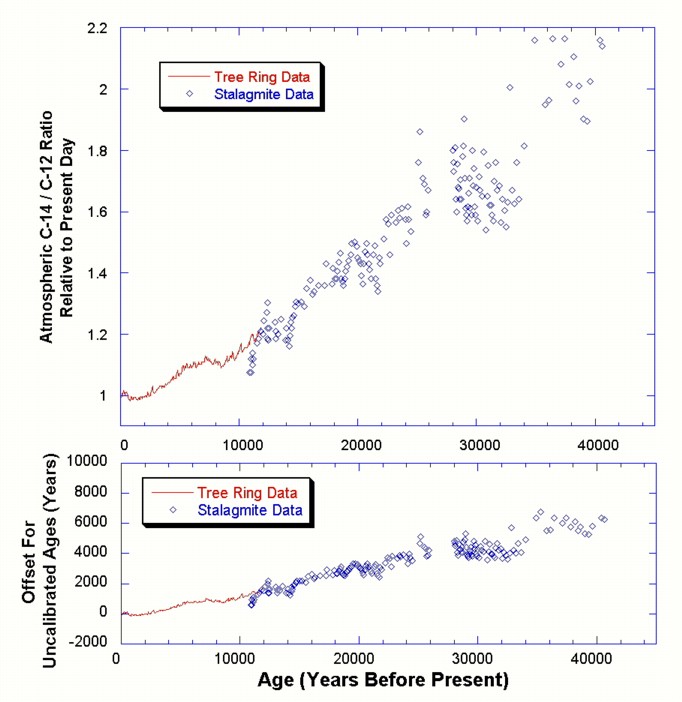Well, scientists just took one of geology's biggest controversies and shrunk it down to atomic size.
UCSB Science Line
By zapping single atoms of lead in a tiny zircon crystal from Australia, researchers have confirmed the crystal is the oldest rock fragment ever found on Earth — 4. The findings were published today Feb. Confirmation of the zircon age holds enormous implications for models of early Earth. Trace elements in the oldest zircons from Australia's Jack Hills range suggest they came from water-rich, granite-like rocks such as granodiorite or tonalite, other studies have reported.
That means Earth cooled quickly enough for surface water and continental-type rocks just million years after the moon impact, the massive collision that formed the Earth-moon system. Zircons are one of the toughest minerals on the planet. The ancient Australian crystals date back to just million years after Earth formed, and have survived tumbling trips down rivers, burial deep in the crust, heating, squeezing and a tectonic ride back to the surface.
The Australian zircons , from the Jack Hills, aren't the oldest rocks on Earth — those are in Canada — but about 3 billion years ago, the minerals eroded out some of Earth's first continental crust and became part of a riverbed.
- marriage not dating ep 15 recap.
- dating chart funny.
- dating in philippines customs.
- dating service laws.
- Zircon Chronology: Dating the Oldest Material on Earth | AMNH.
Geologists have carefully sorted out more than , microscopic Jack Hills zircons that date back to Earth's early epochs, from 3 billion to nearly 4. The planet is 4. The crystals contain microscopic inclusions, such as gas bubbles, that provide a unique window into conditions on Earth as life arose and the first continents formed. Just three of the very oldest zircons have been found, ones that date back to almost 4.
Their extreme age always makes the dates suspect, because of possible radiation damage. The radiation damage means the zircons could have been contaminated during their long lifetime.
Navigation menu
Zircons hold minute amounts of two naturally occurring uranium isotopes — isotopes are atoms of the same element with different numbers of neutrons. Uranium radioactively decays to lead at a steady rate. Counting the number of lead isotopes is how scientists date the crystals. But as the uranium kicks out lead atoms, the radioactive decay releases alpha particles, which can damage the crystals, creating defects.
These defects mean fluids and outside elements can infiltrate the crystals, casting doubt on any conclusions about early Earth based on the zircons.
The rock is ground up to break it into individual mineral grains. We also use the magnetic qualities of the zircons to separate the most pristine ones from the rest. Then the detailed geochronology work begins. Is it in a granite?
Zircon Chronology: Dating the Oldest Material on Earth
Or is it in a metamorphic rock that has had a more complex history? Or is it a metamorphosed sedimentary rock? By knowing its history, we can interpret the age of the rock much better. Quantitative microanalysis of the elements in zircon is done with an electron microprobe.

Each of the atoms of the different elements in the sample gives off X-rays with characteristic wavelengths. You can then compare these to a standard with a known concentration of the element, and come up with an exact composition of that small spot. An individual zircon grain may be composed of many zones of different compositions and ages.
Isotopic compositions can be determined with an ion probe. Mueller sums it up: Mathez, a publication of the New Press. Amy Vedder The Biodiversity Crisis: Fossil Microbes on Mars? Neutrino Observatories Case Study: Ernst Chladni and Rocks from the Sky Profile: Cecilia Payne and the Composition of the Stars Profile: Ole Roemer and the Speed of Light Profile: Vera Rubin and Dark Matter Profile: Lyman Spitzer and the Space Telescope Profile: Fritz Zwicky's Extraordinary Vision Profile: Dating the Oldest Material on Earth Earth: Inside and Out Glossary Harry Hess: How Big Were Dinosaurs?
